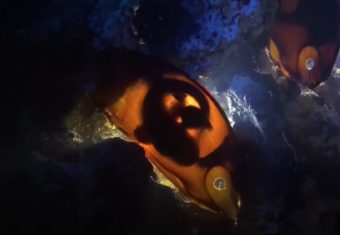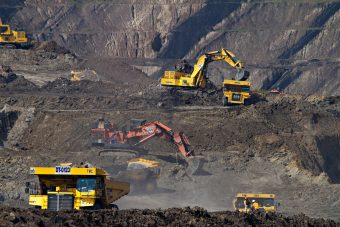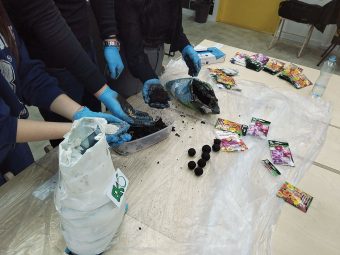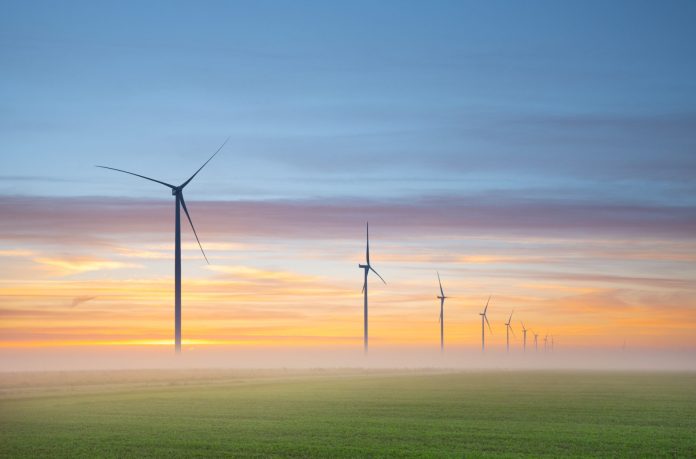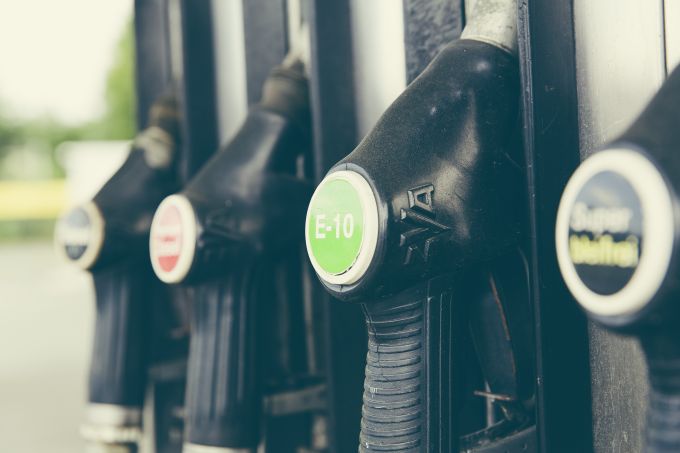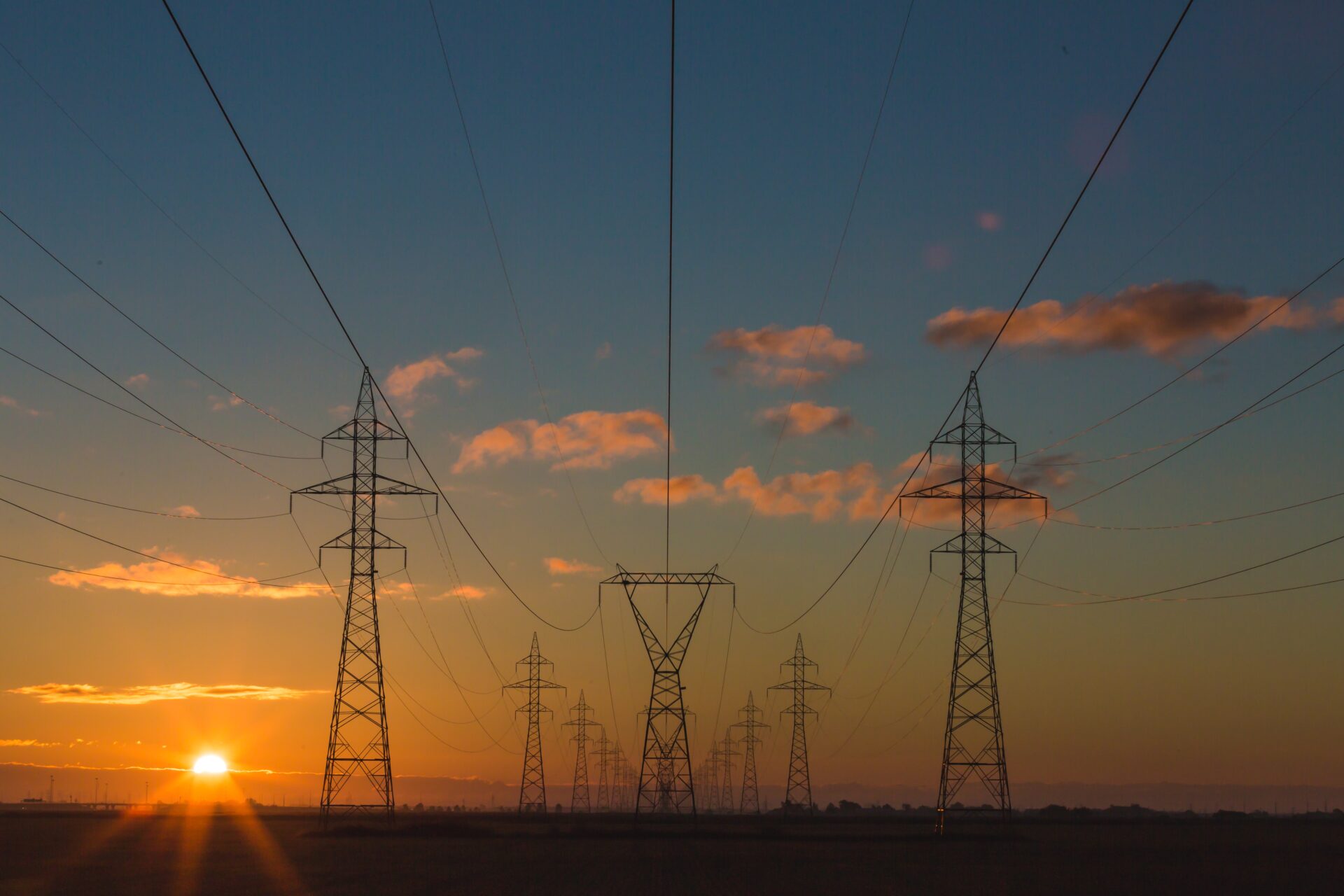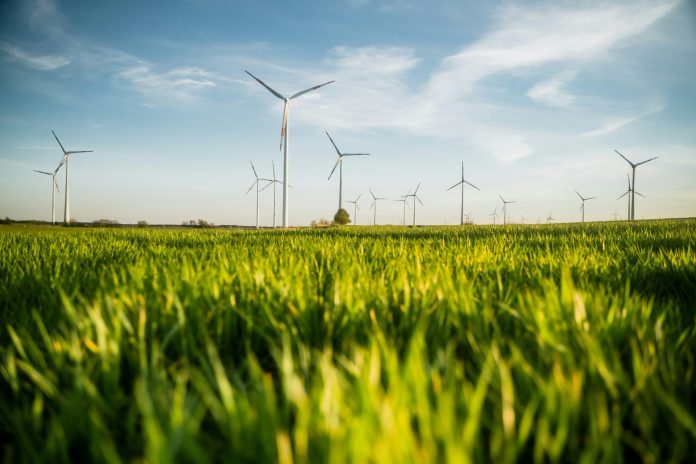
The strength and will that a person carries inside of them is most strongly manifested in the difficult moments that life brings. The first days of the coronavirus pandemic prompted us to change certain lifestyle habits. People experienced more free time differently. For Perica Štefan, the pandemic made it impossible for him to do his job, but at the same time, it made him realize that free time is his most valuable resource. During a walk in the forest with his little sister, he noticed that the hustle and bustle of everyday life prevented us from paying attention to the fact that nature was filled with rubbish. A day after the forest stroll, he invited his sister and cousin to join him, and together, they collected the scattered rubbish. The small village of Nova Kapela, not far from Slavonski Brod, was the location that was first cleaned during the pandemic, which ultimately continued to develop into broader campaigns not long after. Symbolically, on Earth Day, they shared clips from these cleaning campaigns with their Facebook friends and invited them to join them. After returning to Zagreb, Perica began to receive the support of only the people Symbolically, on Earth Day, they shared clips from these cleaning campaigns with their Facebook friends and invited them to join them. After returning to Zagreb, Perica began to receive the support of only the people closest to him until the media picked up his story. Four years later, more than 1,700 people who participated in cleaning campaigns with him at least once now make up the Little Cleaning Bears community (Čisteći Medvjedići, in Croatian language), of which Perica is the founder and president.
Although the group was initially met with apprehension, this did not stop them from continuing to do what they had been doing. On the contrary, it encouraged them to continue with even bigger confidence. Perica says that continuity proved to be the most important factor, which is why they have implemented more than 400 cleaning campaigns so far. They received tremendous support and logistical help from municipalities, cities, communal services, and others; without their help, it would not have been possible to transport and store the collected waste. Through time and as their story developed, the first sponsors and companies that wanted to cooperate with them began to emerge, which financially facilitated the purchase of the necessary equipment needed for the cleaning campaigns. Also, the group established cooperation with numerous organizations, schools, kindergartens, and bookstores, while new messages and ideas relating to future cleaning actions spring up daily.
IN FOCUS:
- GREEN PROJECTS OF SERBIAN SCIENTISTS – BIOPESTICIDES FOR PROTECTION OF TREES FROM DEADLY PESTS
- MT-KOMEX BUILT THE FIRST POWER PLANT IN THE EUROPEAN UNION
- CARBON FARMS MAKE AGRICULTURE MORE SUSTAINABLE
More extensive cleaning campaigns are organized almost every weekend throughout Croatia. Still, it should be noted that numerous clean-ups have also been carried out in other countries, from Georgia to Cyprus, through Tunisia and Gibraltar, to Greece and Estonia. According to Perica, a particularly satisfying segment of these campaigns, which was the initial idea, is that people in different places gather almost spontaneously and on their own initiative, with children often joining in. Although it is a joy to see a large number of people responding, Perica says that the best campaigns are carried out by up to 20 people, where there is no need to coordinate much. Still, the campaign itself, in the end, turns into socializing and the opportunity to chat with everyone.
In addition to the cleaning campaigns they carry out, Little Cleaning Bears also focuses on educating children in kindergartens and schools, which have expressed a growing interest. However, everything still mainly rests on the enthusiasm shown by individual educators, Perica says, adding that such education should be systematically organized and not depend on inspired individuals to implement it.
Throw the cigarette butt in the bin – 100,000 cigarette butts
In March this year, the Little Cleaning Bears community celebrated its fourth birthday, but it also marked the success of the campaign launched in September of last year – Throw the Cigarette Butt in the Bin. Once the symbolic 100,000 cigarette butts were collected, they were used to make the inscription THROW THE CIGARETTE BUTT IN THE BIN, which was displayed in Ban Jelačić Square in Zagreb and attracted a lot of interest. Many Croatian media outlets covered this campaign. Only recently, Little Cleaning Bears received the Green Butterfly Award for this campaign, which was awarded by Resolution Earth, an environmental project launched by Večernji List newspaper.
Prepared by Katarina Vuinac
Read the story in the new issue of the Energy portal Magazine NATURE CONSERVATION.











